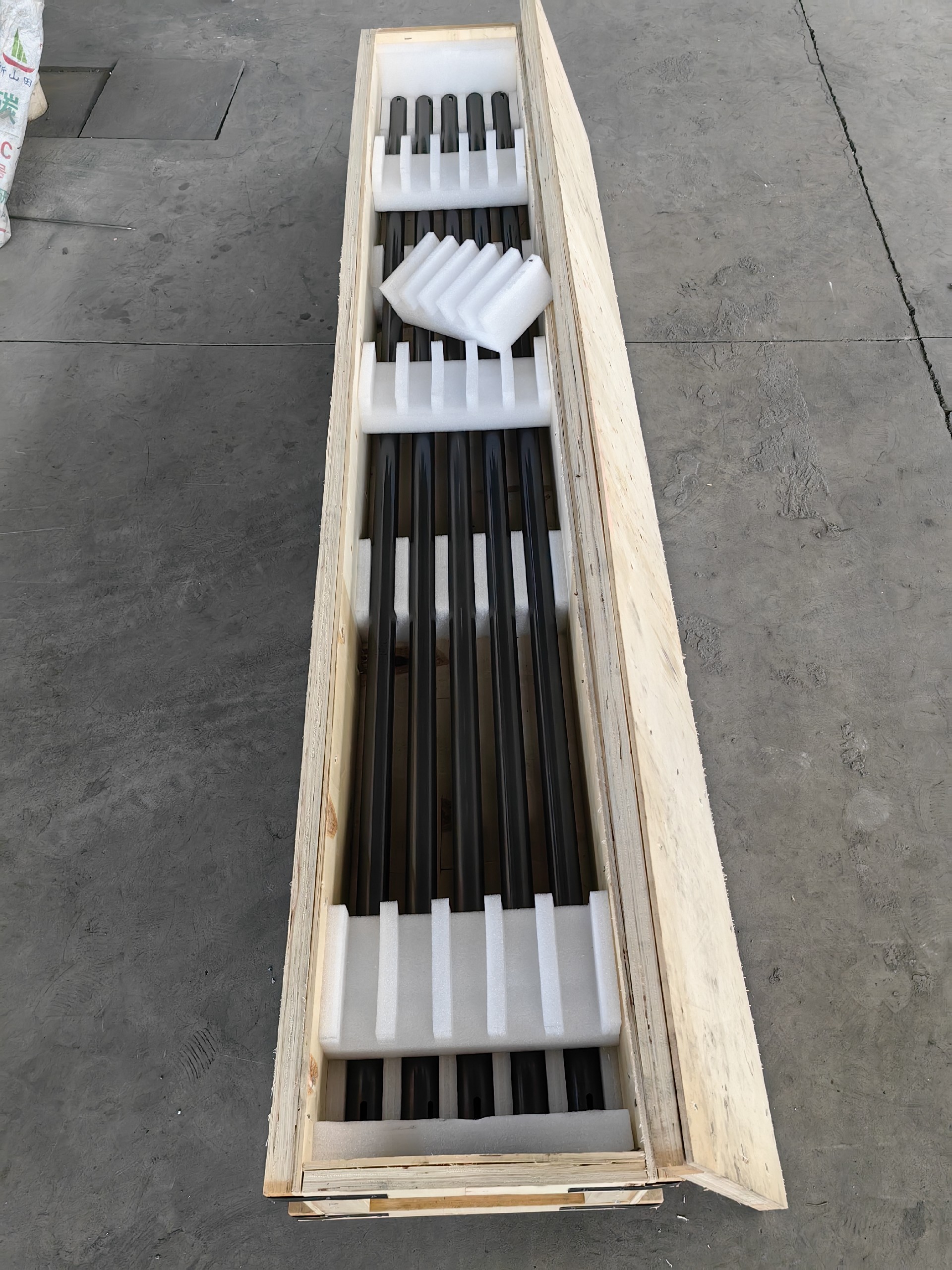Silicon carbide is an important ceramic material with excellent properties such as:high hardness, high melting point, high temperature resistance, and corrosion resistance. It is widely used in semiconductors, electronic glass, national defense and military industry, environmental protection, chemical pharmaceuticals, lithium batteries, automobiles, ceramics, kiln refractories and other fields.
According to different processes, silicon carbide can be divided into the following categories: reaction sintered silicon carbide, pressureless sintered silicon carbide, silicon nitride combined with silicon carbide, and recrystallized silicon carbide.
Reaction sintering is a commonly used preparation process in silicon carbide production. Next, Huaxin editor will introduce the process flow and related content of reaction sintering silicon carbide preparation for you.
1. Raw materials for making Reaction Sintering Silicon Carbide
Carbon source: Carbon source materials can use various carbon-containing substances, such as coke, graphite, charcoal, etc.
Silicon source: Silicon powder is high-purity silicon powder with a particle size of 1-5 microns.
Mix carbon and silicon powder in a certain proportion, stir evenly, put them into a ball mill and other equipment for ball milling, further mix evenly and grind until the particle size is less than 1 μm.
2. Silicon carbide molding process
There are three main types of silicon carbide molding processes, namely: compression molding, grouting molding and isostatic pressing.
Compression molding: put the carbon and silicon mixture into the mold, and press it by mechanical pressure;
Grouting molding: After mixing the carbon and silicon mixture with water (or organic solvent), inject the mixture into the mold with a syringe in a vacuum environment, and form a finished product after standing;
isostatic compaction: put the carbon and silicon mixture into the mold, and isostatic pressing molding in a vacuum environment, the pressure is usually 20-30Mpa
3. Sintering process
The dried silicon carbide green body is placed in a vacuum sintering furnace, and sintered by controlling the sintering temperature, time, atmosphere and other factors. Finally, a high density silicon carbide ceramic product is formed.
4. After-sintering treatment process
After the reaction sintered silicon carbide is released from the vacuum sintering furnace, the sintered silicon carbide needs to be further processed in order to improve the precision and surface quality of the reaction sintered silicon carbide.
Commonly used treatment processes are: machining, grinding, polishing, oxidation, etc.













